Excursus: Genetics and color forms of Necoaridina
Brightly colored and colorful: Neocaridina bring splashes of color into the aquarium. Whether yellow, green, blue or black - you are guaranteed to find a color form that also harmonizes visually with the living room curtains. The fact that from time to time spotted, pied, in short: wild-colored animals emerge from a colorful candy bag, surprises only a few by now. Although these could be constantly selected to maintain exclusively colored shrimp, but fun definitely looks different. However, there is another way, because depending on how closely related color strokes are, they can still be kept together without dropping pale or gray animals.

Neocaridina = davidi?
Shrimp myths are a dime a dozen, not all of them can be proven or have already been confirmed in their truthfulness by genetic tests. One assumption, for example, is that there is another dwarf shrimp species besides Neocaridina davidi, which is classified differently and "actually" should not be counted among the usual N. davidi. Especially around the yellow color variant this theory is going on. However, since the White Pearl is also very close to the genetic relationship, wild-colored offspring may well originate from it.
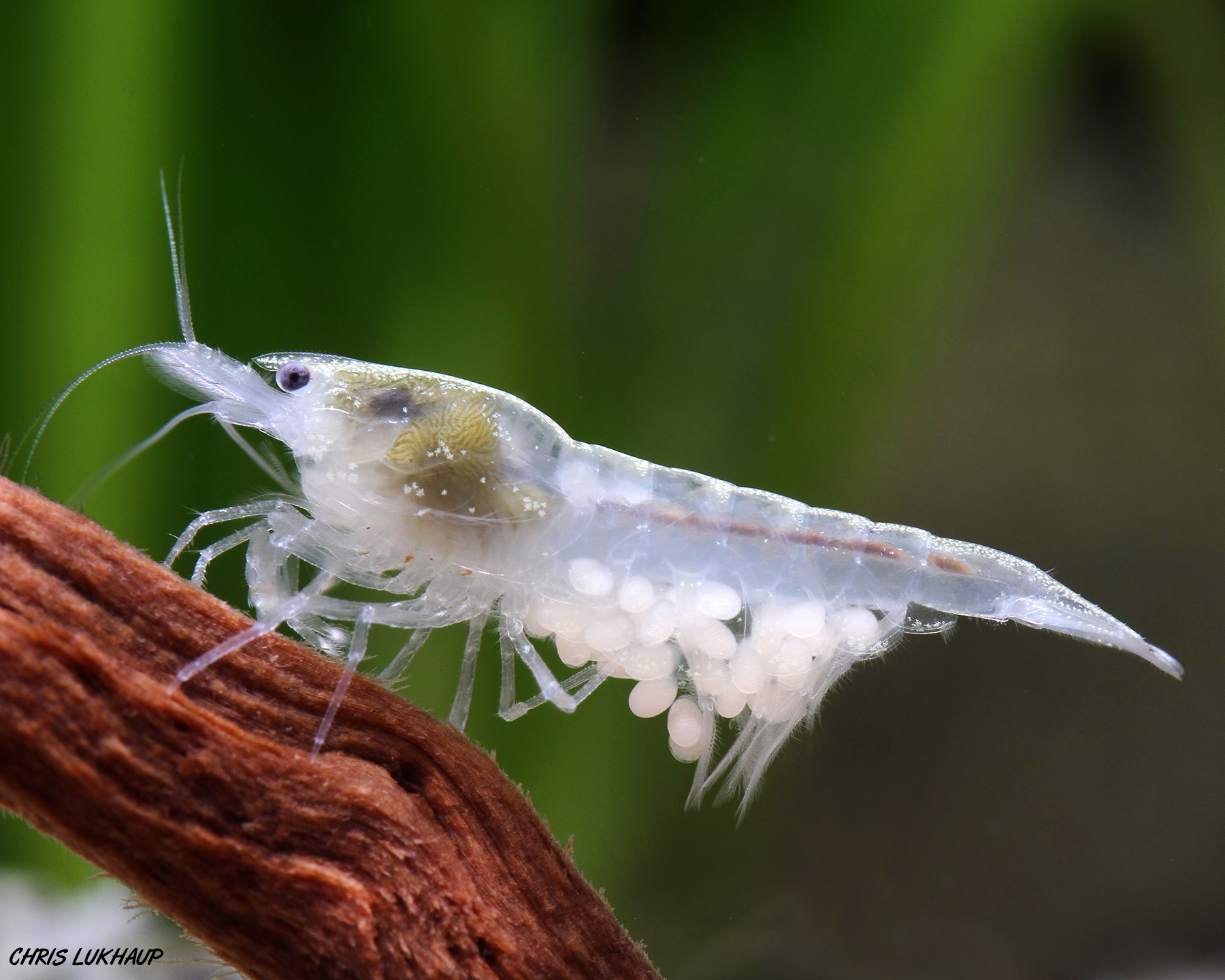
As long as the thesis of the different species has not been scientifically substantiated, one can keep the idea in the back of one's mind. However, first hints have already led to the assumption that color variants like the blood red Bloody Mary or the Chocolate Sakura could be descendants of various Neocaridina species. How much knowledge science will create remains to be seen.
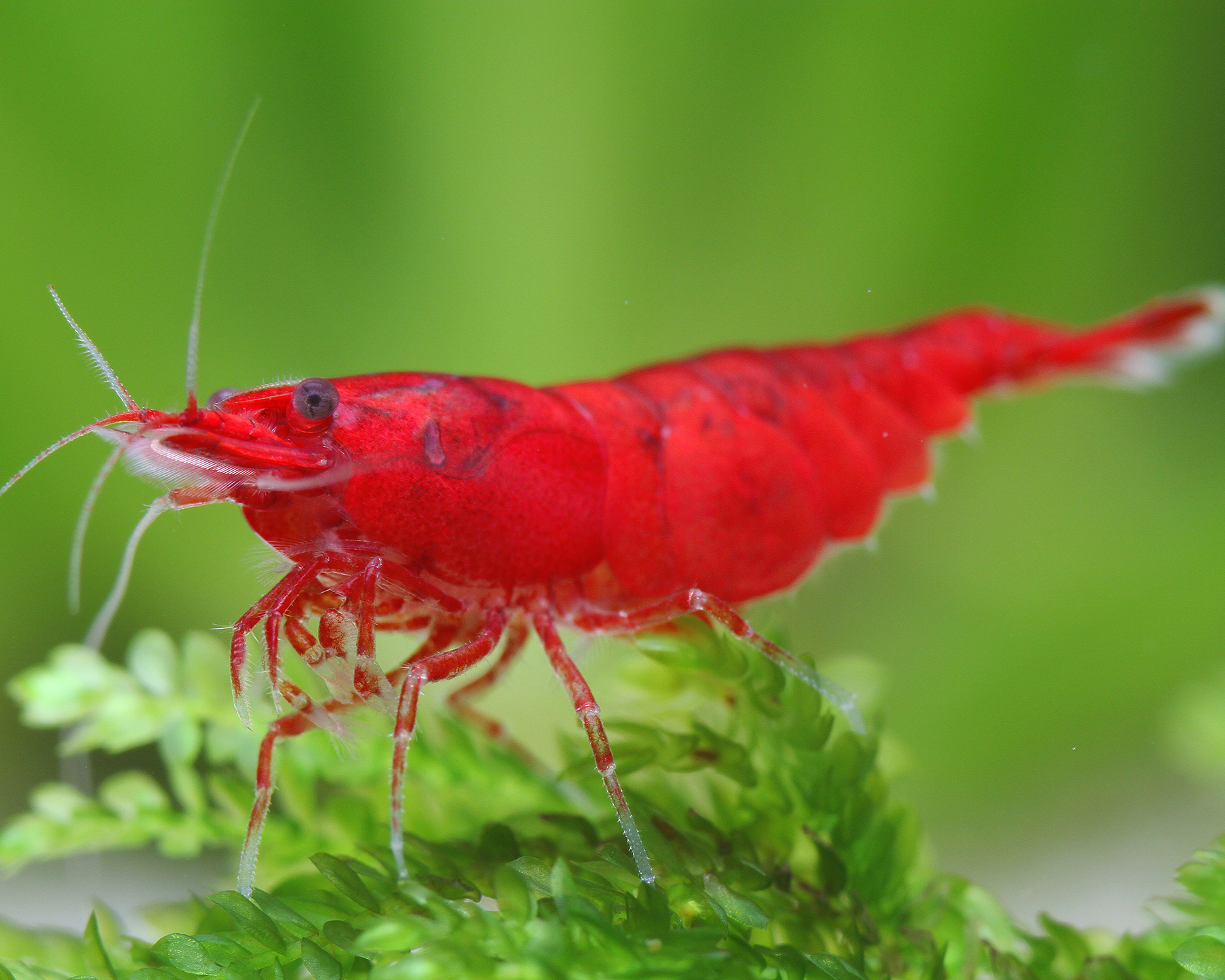
Line breeding with shrimps
Similar as known from fish breeding, line breeding is not to be neglected with Neocaridina. In the meantime one assumes the red, the black, the yellow and the orange line.
A colorful potpourri of small crabs of different lines leads to a colorful mishmash, certain colors of clear lines, however, can be maintained together without any problems and without wild-colored animals. However, this only works if the color lines are pure and clear, but if they are mixed, the result will be pied and pale animals.
Red Line
The Red line includes Red Fire, Red Sakura, Red Rili, Blue Rili and Blue Jelly, all of which have been bred out. Even if the Blue Jelly has almost no red left, it is still counted to it. The crux of the orange animals, which was once bred from red, is the assumption that the original animals had other origins, which is why crosses from the red line with orange animals tend to wild-colored scattering.
Blue Jelly as a key
The Blue Jelly serves as a safe Rili guarantor: if you breed Rilis from Red Sakura, you mate them with Blue Jelly and in theory you get one hundred percent F1 Red Rilis. The same is offered by Orange Sakura, in whose F1 there are 100% Red Rili and in the F2 Red Rili, Blue Rili, as well as Red Fire and Blue Jellys, and about 25% Orange Rilis , thus conforming to the Mendelian theory of inheritance. If the F2 Orange Rilis are further bred, you get almost only Orange Rilis, but also Orange Rilis with blue body and a few Blue Jellys.
Supposedly this cross only works because the Blue Jelly carries Rili genes, although it has little to no red pigment left and is an extreme Rili variety.
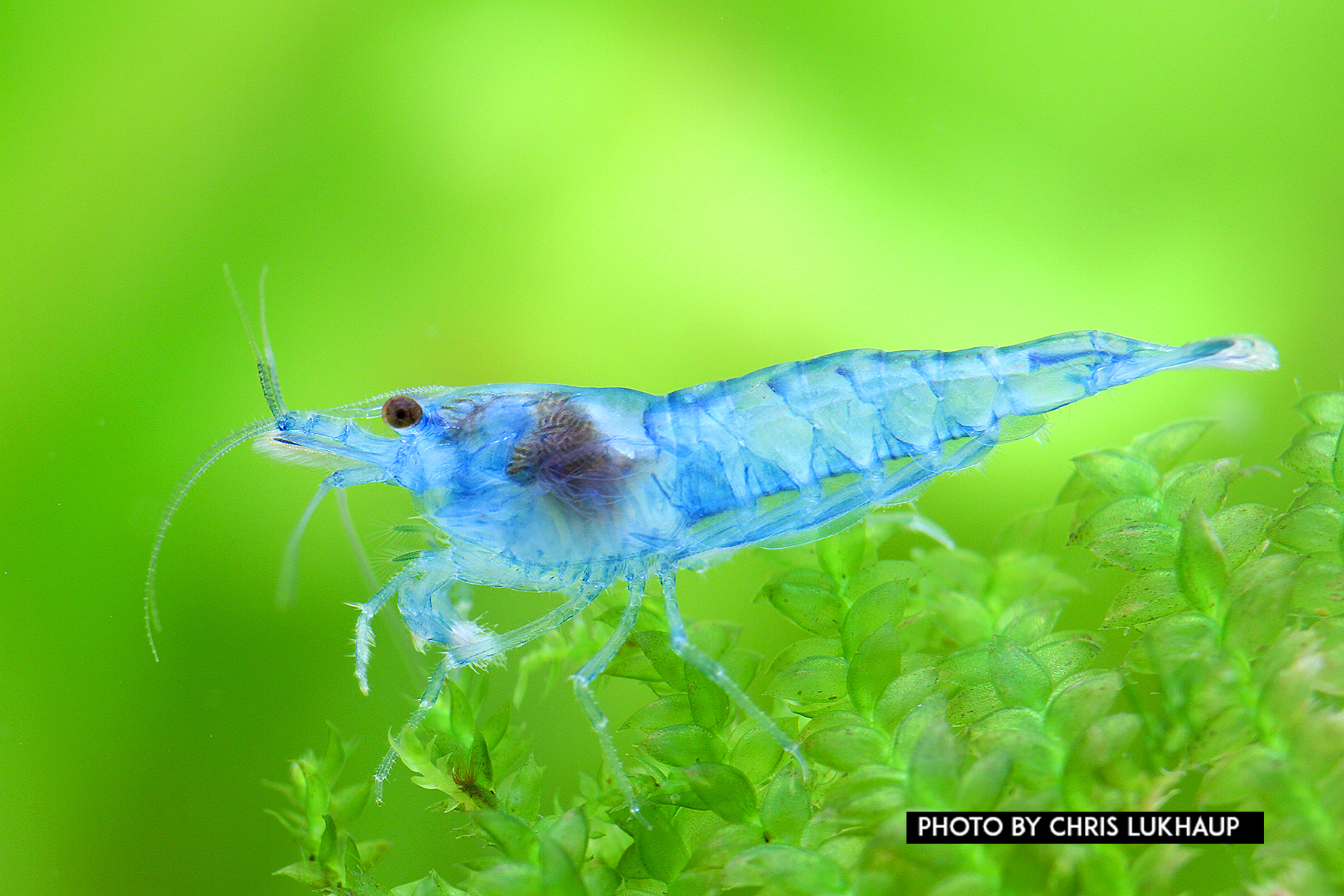
Blue Jelly x Blue Dream does not necessarily result in wild colors in the offspring, but they can be present. Rather, the young are a colorful bouquet of phenotypic Blue or Black Rili, Carbon Rili, Blue and Red Rili, and Blue Dream. The phenomenon is not yet completely clarified. Mainly Carbon Blue Rilis and Red Rilis, but also again Fritillaries appear in the F2. The purposeful crossing of the phenotypic F1 Blue Jelly with F1 Blue Dream leads to a F2 with quite dark phenotypic Blue Jellys, in which in further generations without strict selection increased wild colors appear, so that the suspicion suggests itself that thereby the red and blue colors can be "bred away" with the time.
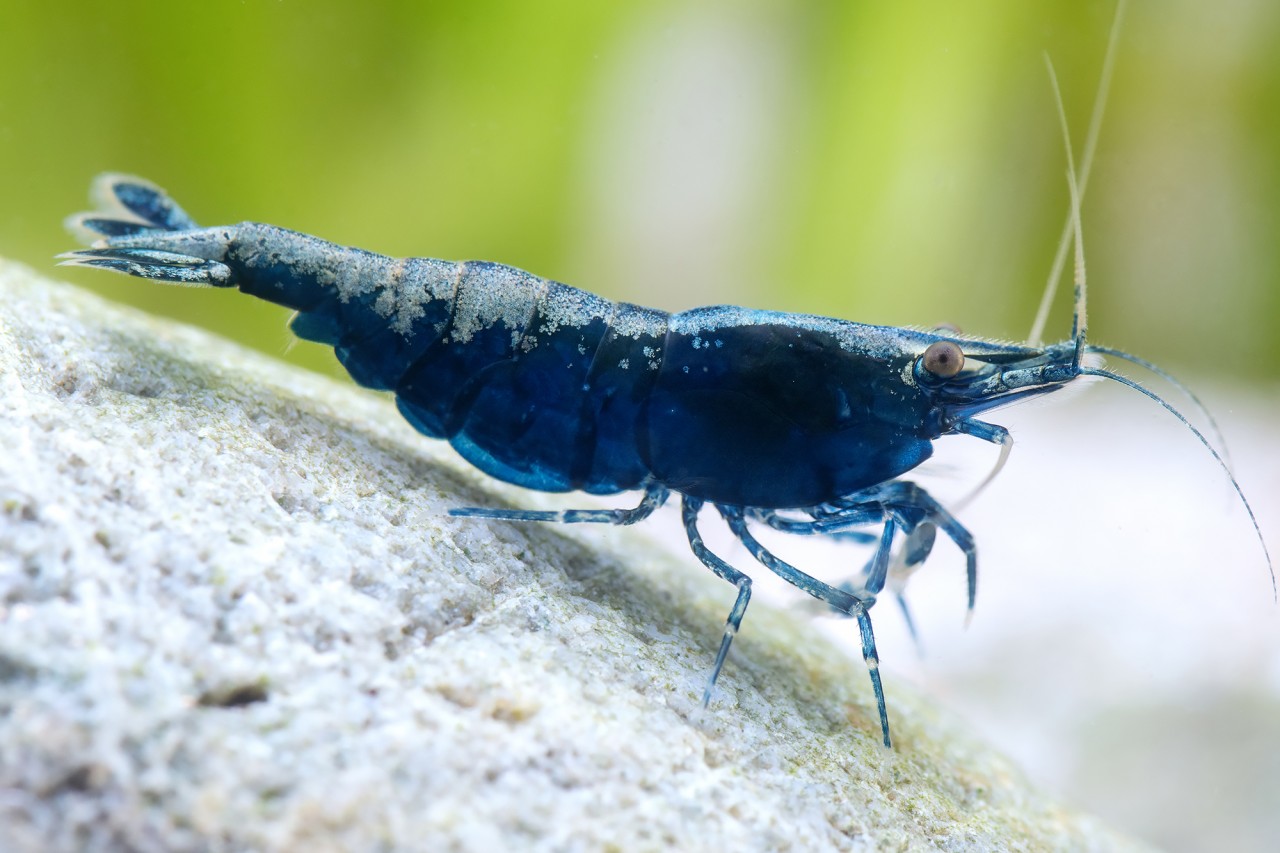
Black line
Black Sakura, Blue/Black Rili, Blue Dream, Chocolate Sakura and Bloody Mary belong to the so called black line. Crosses among each other are often used for color improvement. Possibly also the Blue Sapphire and the Red Onyx belong to it, which at least show potential for it. However, this assumption is not (yet) certain.
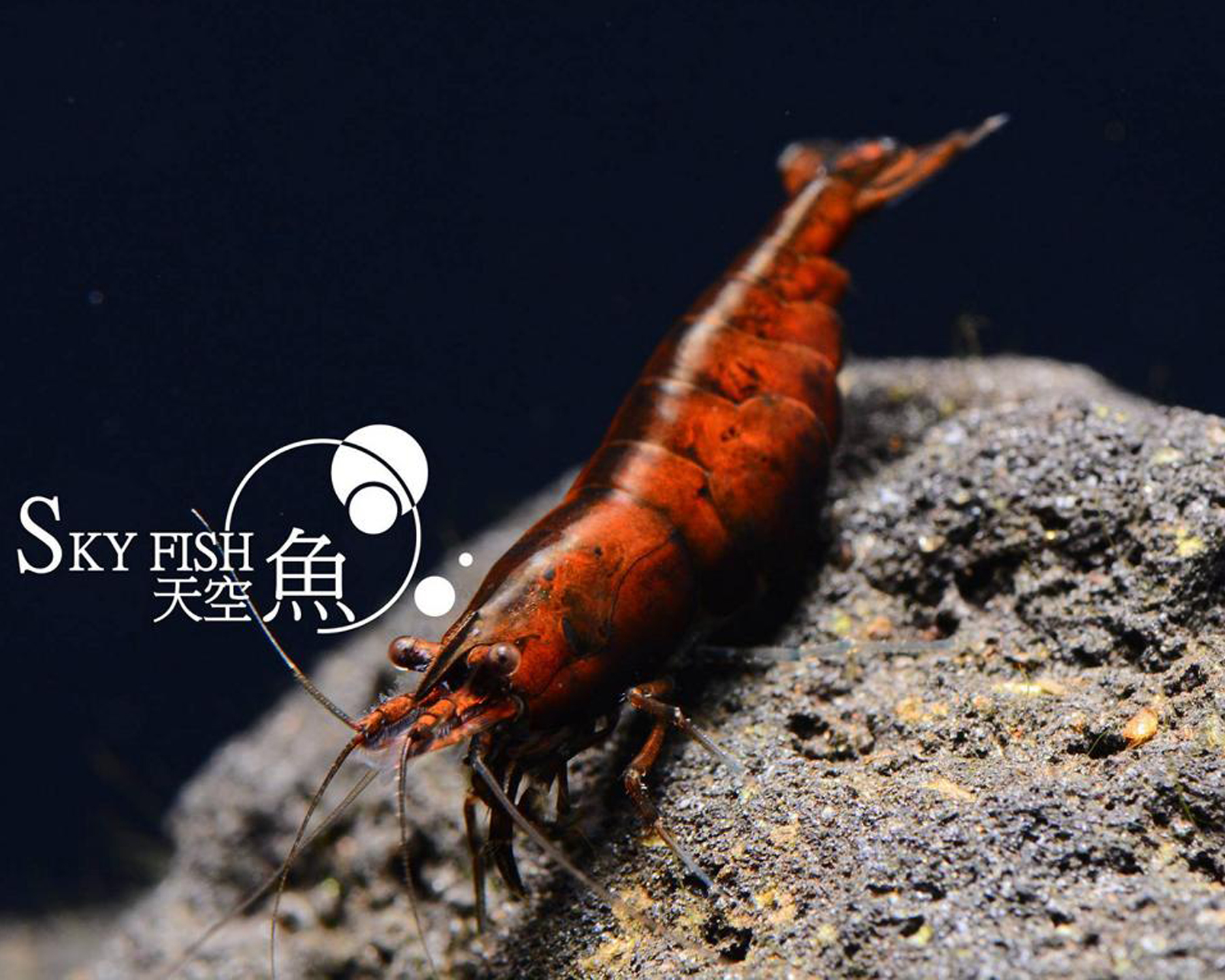
Yellow Line
Well known to breeders, yellow animals are downright exhausting when trying to cross them. Yellow Fire, Yellow Rili and Yellow Neon belong to the yellow line. Light green strains are also said to have their origin in yellow animals that were grown over blue. However, if you cross the Yellow with Red Fire, pale offspring are almost always the result.
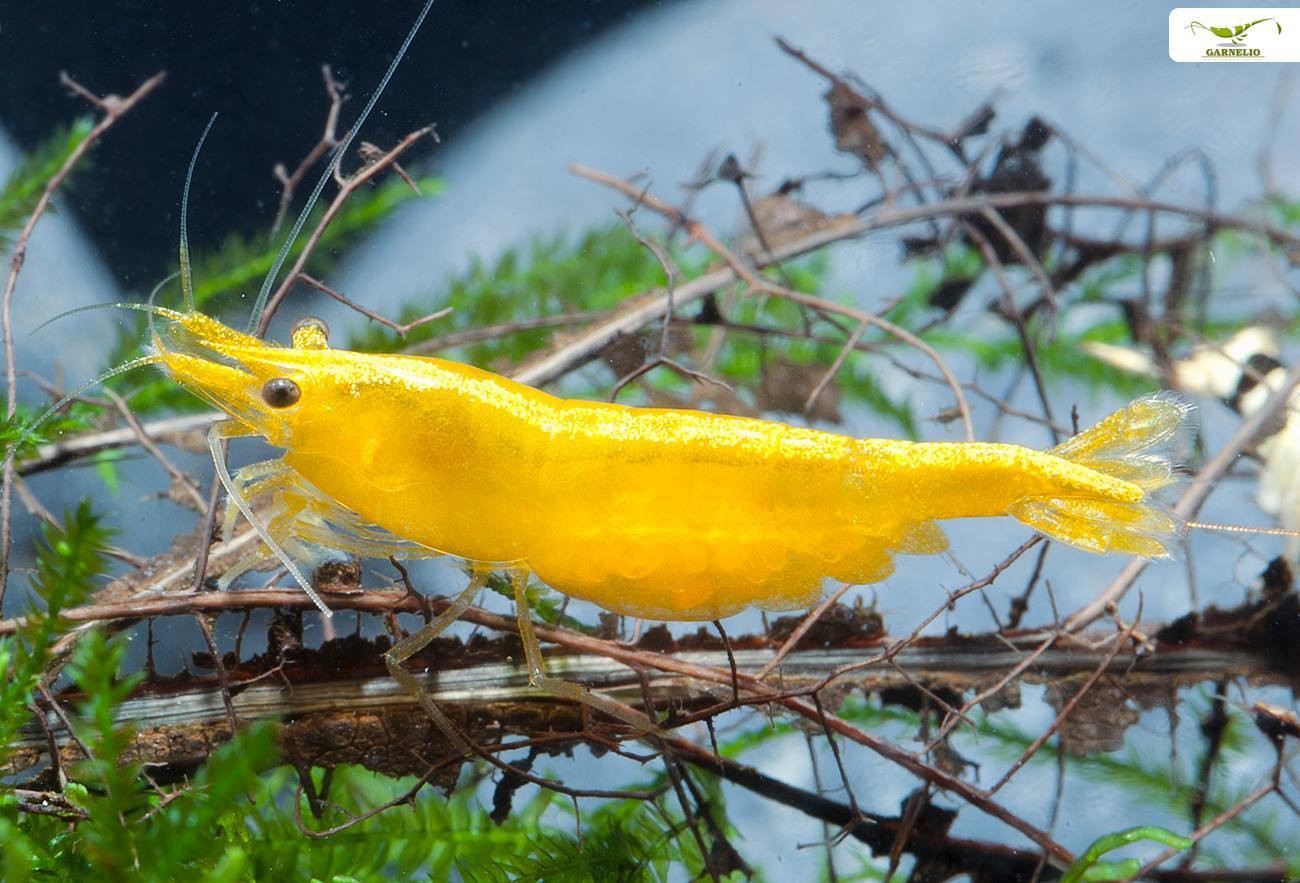
Orange line
Especially Green Jades have their origin in the orange line and can be intercrossed without problems without having to expect pied young. Although there are other green variants, it is not yet clear whether these originate from an orange line or whether their origins lie elsewhere entirely.
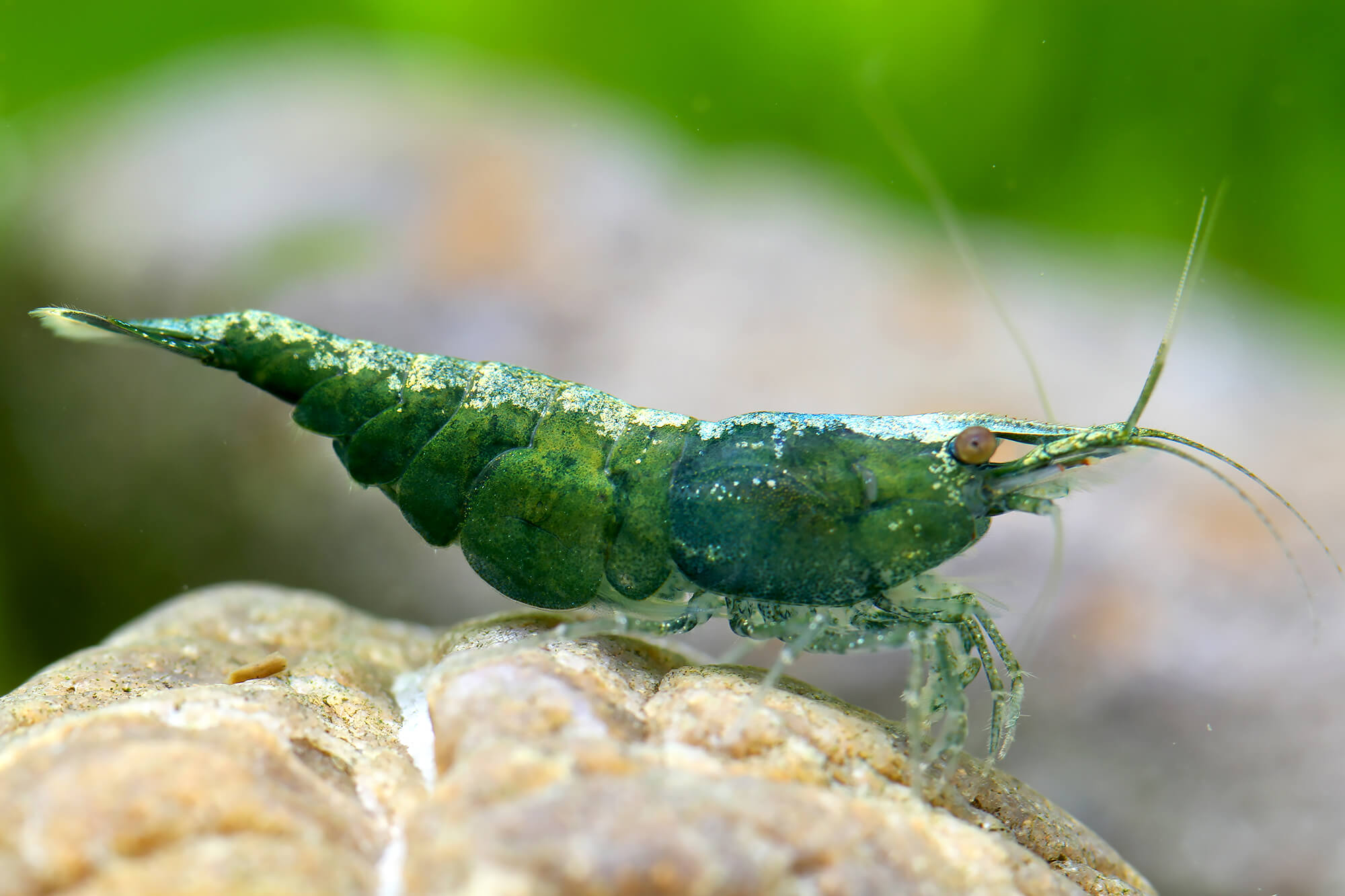
Bottom line
Keeping Neocaridina more or less motley together does not always have to end with pied or wild colored animals. A little bit of attention when keeping them together or even for specific mating can sooner or later lead to beautiful color results. The enthusiasm, which has been shown for a long time in the high breeding of Caridina, must therefore certainly not stop with the Neocaridina. Even if selecting and documenting is sometimes time-consuming, this effort is definitely worthwhile to breed pas a pas splendidly colored animals that attract all eyes. Maybe already at the next shrimp championship?
